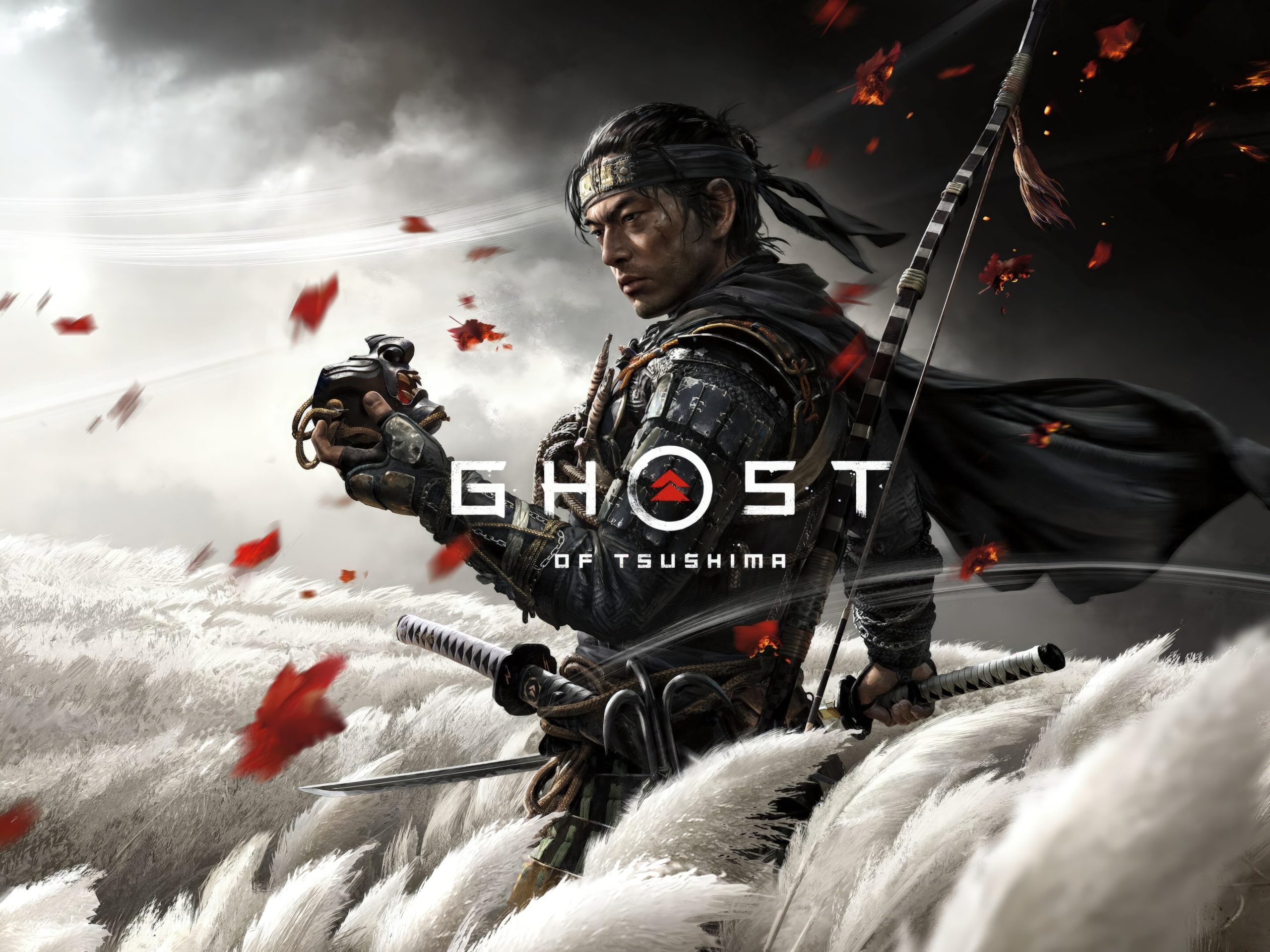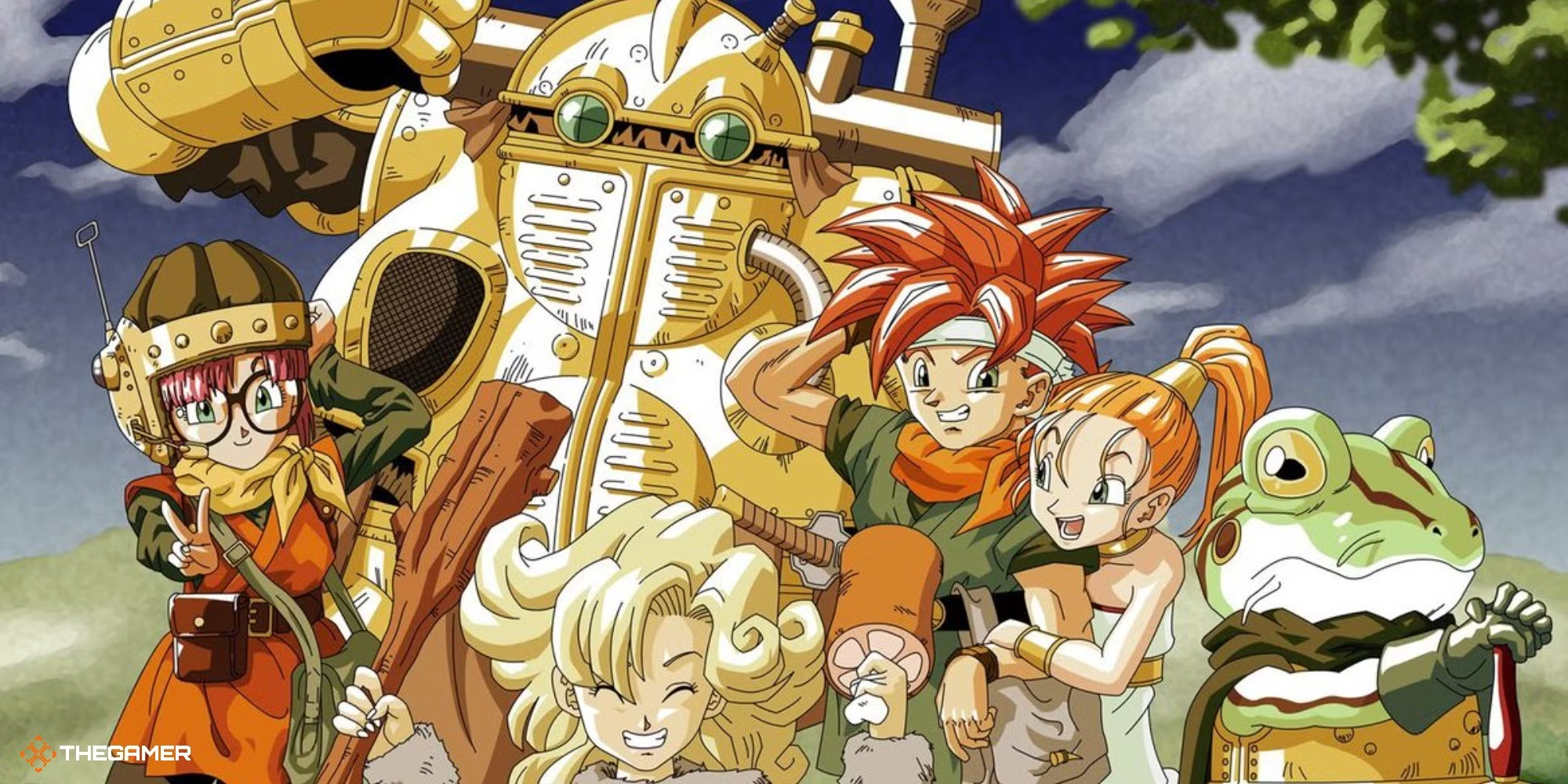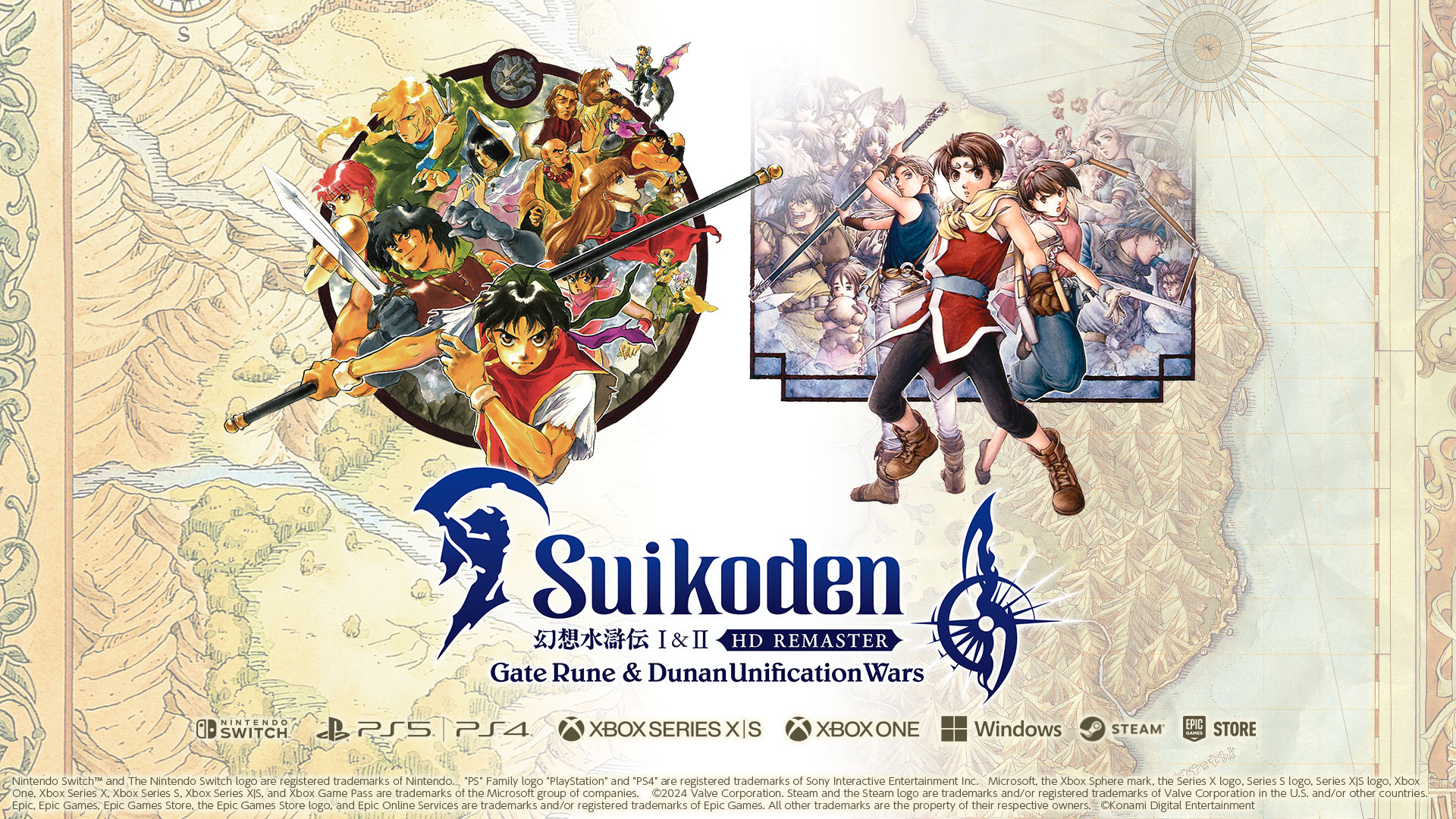reddeadplace.com – Ghost of Tsushima, developed by Sucker Punch Productions and published by Sony Interactive Entertainment, debuted in 2020 as one of the last major exclusives on PlayStation 4 before transitioning to PlayStation 5. This open-world action-adventure game, set in feudal Japan, follows samurai warrior Jin Sakai on his quest to protect Tsushima Island from Mongol invaders. Known for its stunning visuals, immersive combat, and thoughtful storytelling, Ghost of Tsushima has captivated players and critics alike. Here’s a breakdown of what makes this game remarkable, areas where it could improve, and how players are reacting to it in 2024.
1. Overview of the Game
Ghost of Tsushima is set in 1274 on Tsushima Island during the Mongol invasion of Japan. You play as Jin Sakai, a skilled samurai who must abandon his strict code of honor and adopt stealthier, unconventional tactics—becoming the “Ghost”—to combat an overwhelming enemy. The game’s world offers a detailed portrayal of Japan’s samurai culture, blending action with exploration across a vast, meticulously crafted island.
Key Features of the Game:
- Open-World Exploration: Players can freely explore Tsushima Island, uncovering secrets, fighting enemies, and collecting resources in diverse environments from forests to snow-covered mountains.
- Intuitive Combat: The combat system is a highlight, allowing players to switch between sword stances to adapt to different enemy types. Both samurai and stealth combat options are available, giving players the freedom to choose their style.
- Visually Stunning Landscapes: Known for its breathtaking visuals, the game’s detailed landscapes are often likened to a living painting. Tsushima’s changing weather, flora, and fauna add depth to its environment.
- Dynamic Side Quests: The game features memorable side quests that connect deeply to Jin’s character arc and provide insight into Tsushima’s people and culture.
2. Positive Aspects of Ghost of Tsushima
Critics and players alike have praised Ghost of Tsushima for several core elements that elevate the experience:
- Engaging Storytelling: The game tells an emotional story centered around loyalty, sacrifice, and the conflict between tradition and change. Jin Sakai’s personal journey, as he struggles between samurai honor and the need to adopt new tactics, resonates strongly with players.
- Outstanding Combat Mechanics: The combat is challenging yet rewarding. Players appreciate the balance of straightforward sword fighting and stealth elements, allowing them to approach encounters in different ways. The stance-switching mechanic adds a layer of strategy, making each encounter feel dynamic.
- Immersive Visuals and Art Direction: The visual style captures the beauty of feudal Japan with stunning landscapes, seasonal changes, and intricate attention to detail. Players often note how the visuals are not only appealing but also add to the game’s cultural authenticity.
- Kurosawa Mode: The game includes a Kurosawa Mode, a black-and-white filter paying homage to legendary filmmaker Akira Kurosawa. This adds a nostalgic, cinematic effect for those who wish to play in the style of classic Japanese samurai films.
- Strong Side Content: The game’s side quests and collectible hunting are meaningful and contribute to character development, unlike many open-world games where side activities can feel repetitive. Stories within these quests provide depth and variety to the gameplay.
3. Common Criticisms of Ghost of Tsushima
While Ghost of Tsushima is widely praised, there are a few critiques that appear in player reviews and media coverage:
- Repetitive Open-World Formula: Some players feel that Ghost of Tsushima occasionally falls into the open-world game trap of repetitive side missions and objectives, especially later in the game. The cycle of liberating enemy camps or collecting artifacts can feel familiar to fans of the genre.
- Limited Stealth Mechanics: Although stealth is a big part of Jin’s transformation into the “Ghost,” some players feel that stealth mechanics lack depth. Unlike in games like Assassin’s Creed, where stealth is highly customizable, stealth options in Ghost of Tsushima can feel more restrictive.
- Occasional Camera Issues: The game’s camera can be tricky during intense combat sequences, especially in close quarters. Some players report that the camera’s limited field of view makes it challenging to track enemies, which can lead to frustrating moments.
- Predictable Enemy AI: While the game’s combat is celebrated, some players mention that enemy AI could be more dynamic and challenging. Enemy behaviors and patterns can feel predictable, especially once players are familiar with the different enemy types.
4. The Ghost of Tsushima: Director’s Cut
In 2021, Ghost of Tsushima: Director’s Cut was released, featuring an enhanced version of the game with additional content for PlayStation 5. This version includes:
- Iki Island Expansion: The new Iki Island expansion adds a new storyline, enemies, and side quests, further exploring Jin’s character and the samurai legacy. Players and critics have praised the expansion for its engaging storyline and fresh content.
- PlayStation 5 Enhancements: The Director’s Cut offers significant improvements, including faster load times, haptic feedback, and 4K resolution, making for a smoother and visually superior experience.
- New Gameplay Features: Added combat techniques, new collectibles, and additional customization options enhance the gameplay experience, providing more variety for both new and returning players.
5. Comparing Ghost of Tsushima to Other Games
Ghost of Tsushima draws comparisons to several games in the open-world and action-adventure genres, each offering a unique take:
- Assassin’s Creed Series: With similar stealth and exploration elements, Ghost of Tsushima is often compared to Assassin’s Creed, especially Assassin’s Creed Valhalla. However, while Assassin’s Creed emphasizes open-world exploration, Ghost of Tsushima leans heavily into samurai culture and storytelling.
- Sekiro: Shadows Die Twice: Sekiro, developed by FromSoftware, offers a similar Japanese setting and sword-based combat. However, Sekiro focuses on a more challenging combat system and does not provide an open-world experience.
- The Witcher 3: Wild Hunt: Known for its vast open-world and deep narrative, The Witcher 3 shares similarities with Ghost of Tsushima in its storytelling and character-driven quests. While The Witcher 3 has a Western fantasy setting, it’s often a benchmark for open-world RPGs that Ghost of Tsushima successfully emulates.
Overall User Reactions
User reviews for Ghost of Tsushima are largely positive, with players praising the game’s emotional depth, beautiful setting, and satisfying combat. Many consider it a must-play for those interested in samurai culture or open-world adventures. Here are a few recurring themes from player feedback:
- Immersive Experience: Many players note that the game feels like “stepping into a samurai movie,” and Kurosawa Mode enhances that cinematic feel.
- Replay Value: With plenty of side activities and the Iki Island expansion, the game offers a lot for players to explore, making it worth revisiting.
- Strong Cultural Appreciation: Both Japanese and international players have praised the game for its respectful and detailed portrayal of Japanese culture.
Conclusion
Ghost of Tsushima delivers an engaging journey through feudal Japan, with an immersive world, memorable story, and excellent combat mechanics. It’s a game that appeals to both action-adventure fans and those drawn to Japanese culture. While it has minor flaws, Ghost of Tsushima is celebrated for offering an experience that stands out in the genre. For players looking for a rich, open-world adventure with a touch of samurai tradition, Ghost of Tsushima remains a top choice even years after its initial release.






